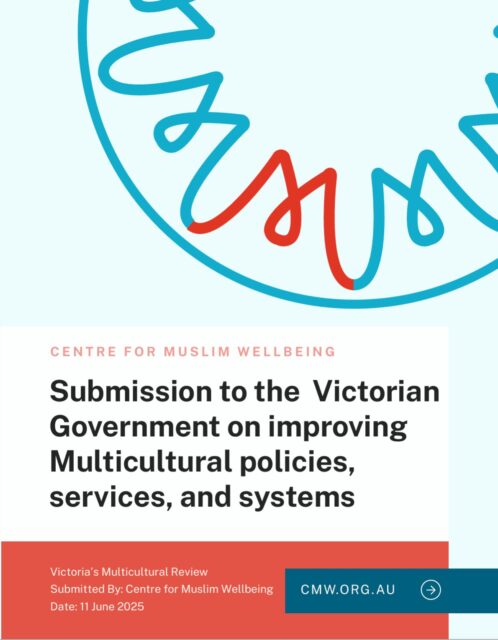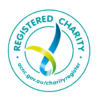The COVID-19 pandemic has presented various threats, traumas, and grievances for most people across the globe. Naturally, traumatic factors such as the threat of death, fear of infection, travel restrictions, and pressure of overwhelming media coverage and conflicting information, have led the population to develop various adverse psychological reactions, such as depression, anxiety, and sadness (Wang et al., 2020). In fact, researchers believe that the pandemic has become an ongoing, chronic collective trauma event (Holman & Grisham, 2020; Masiero et al., 2020).
Some of these losses experienced include financial, social, the breakdown of familial and intimate relationships, and bereavement (the loss of loved ones to death). This list is by no means exhaustive, especially if you were to consider how many people were not able to grieve or mourn some of the significant losses in their lives. Think about the number of people who were not allowed to attend their loved ones’ funeral interstate or overseas. The absence of rituals and not being able to participate in mourning rites can have profound impacts on our sense of closure, and acceptance of the loss. Think about parents who have missed out of on the golden months and years of their children meeting milestones.
What about people who were already battling with mental illness prior to the pandemic? How are they fairing now? While many countries have begun to gingerly emerge from the pandemic restrictions, are we brazen enough to declare that the mental and emotional casualties from these two years have now subsided?
And what are the impacts of collective traumas from cataclysmic events such as wars, genocide, and pandemics? Well, studies have shown that some of the possible longer-lasting impacts for years and decades after collective traumas include (Schlenger et al., 2002):
- Increased individual and collective fear
- Damaged national pride
- Feelings of humiliation
- Identity crisis
- Increased feelings of vulnerability
- Heightened vigilance for new threats
I for one, am increasingly paranoid about leaving my elderly loved ones behind in my home country, not knowing when or if I will be destined see them again, whether due to illness or travel restrictions. The loss of faith with our respective governing political parties, and the loss of agency, are other contributing factors to the collective trauma from COVID-19. The increase in surveillance has also left many uncomfortable with the level of privacy left due to contact tracing policies and vaccine passports. Again, the list goes on…
So how can you minimize the effects of collective trauma? Strategies such as:
- limiting your media exposure,
- curating your media sources,
- doing your own research,
- relying on trustworthy information,
- actively maintaining social connections despite distancing recommendations,
- and acting with compassion toward others, rather than division.
Finally, and most importantly, seek out mental health resources, whether it is through self-care practices or professional support.
On the other hand, how confident are we, as a global population who have lived through a worldwide plague, to claim our resilience and growth? Fortunately though, anthropology and history have revealed that our forefathers have adapted and pushed through various plagues and disasters, leading to positive personal or social change (Tedeschi & Calhoun, 1995; Tedeschi et al., 2018).
And although the grievances and traumas are undeniable, the posttraumatic growth that took place following the pandemic struggle cannot be ignored. Briefly speaking, posttraumatic growth occurs after a traumatic event, referring to the positive psychological changes experienced as a result of struggling with trauma, or crisis (Tedeschi & Calhoun, 1996). Posttraumatic growth theory outlines growth in five main areas: appreciation of life, interpersonal relationships, new possibilities in life, personal strength, and spiritual change.
With distractions of daily life removed for a period of two years, many people have been able to re-direct and re-centre themselves towards their values, life goals, relationship goals, and aspirations.
People have developed various self-care and healthy coping mechanisms, sought out therapy, and strengthened their meaningful relationships.
The collective trauma of the pandemic has both sides, therefore it is important to try and maintain a balanced perspective on disasters that are often out of our individual hands. Some people thrived during the pandemic while others suffered. It’s all relative. However, the collective trauma can also present as collective posttraumatic growth. As Michael Hopf said: “Hard times create strong men. Strong men create good times.” Ours is a generation destined to create good times for our children, so let’s grab the bull by its horns and power through onward with our newfound collective resilience, growth, and awareness.
My question to you now, reader, is, how have you grown as a result of the pandemic?







